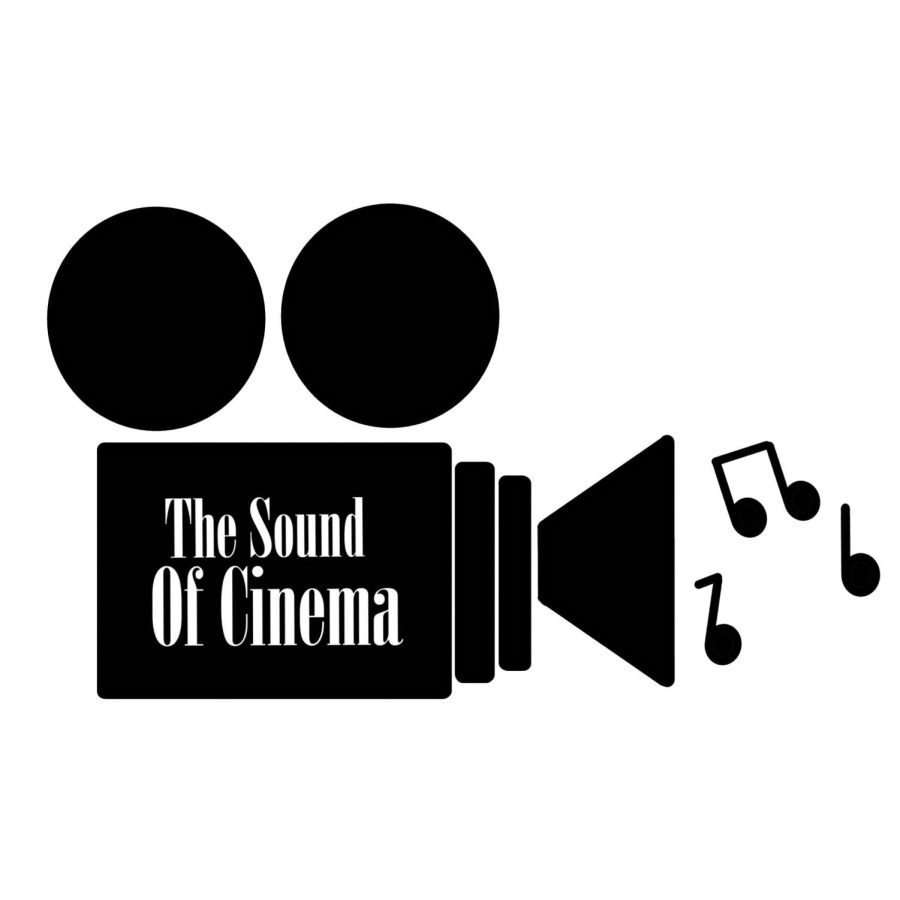The Sound of the Cinema | The human voice in film scores
The Sound of the Cinema is a biweekly blog about music and sound design in films.
September 25, 2022
It can be easy to miss the human voice in film scores. You might notice a supporting choir in the background, and sure, that can work quite well. But when the human voice is allowed to shine, whether as a single voice or an instrument, how does it provide a film with something different?
The voice can bring power to a score. First, there’s ethereal power, an angelic voice that supports a character’s leadership or unnatural abilities. Ethereal power tends to be higher in pitch and takes on a supporting role in a score.
A great demonstration of this kind of power is the song “Blood of the Dragon” by Ramin Djawadi in “Game of Thrones.” This score shows the Targaryen melody used throughout the entirety of “Game of Thrones,” often when dragons are present, as well as in HBO’s new show “House of the Dragon.” The Targaryen house has a kinship with dragons, utilizing their ability to fly and their firepower to conquer and rule.
Fast strings carry the tempo with percussion hammering down. These instruments are present from the start, but it’s not until the climax of the score that we hear the choir come into play. This is when the song gets lifted up. Djwadi uses the choir to show Daenerys Targaryen’s godlike ability to ride and use dragonfire.
There’s also “loud” power, which is explosive and great at emphasizing a character’s bravery and an “always get back up” mentality. Hans Zimmer’s Oscar-winning score for “Dune,” specifically the song “My Road Leads in the Desert,” is a great example. The score takes place at the end of the film and follows Paul Atreides, a young man who some on the planet Arrakis believe is destined for greatness. The score grows throughout its duration to an emphatic climax.
At the climax of the song, viewers hear a powerful, dominant voice that mimics Paul’s bravery and destiny throughout “Dune.” We also hear this commanding voice in the song “Gom Jabbar.” In both songs the singer dominates the respective scenes.
The human voice can also create connections of love. As seen in the Harry Potter movies, the human voice emphasizes ties to maternal and paternal relationships between characters along with romantic relationships. The use of the voice brings a humane quality to particular moments of love, something that the orchestra is sometimes unable to do.
Alexandre Desplat’s score for “Harry Potter and the Deathly Hallows: Part 2” uses a single female to create the melody for the score “Lily’s Theme.” We hear this melody multiple times throughout the film — it can be heard in “The Resurrection Stone” — and it acts as the love theme between Harry and his mother, Lily. Desplat’s decision to use a single voice singing long, echoed notes for this melody works well. It’s maternal, peaceful and somber. The voice in combination with the long, moving strings mimics the dark sadness this film carries.
Howard Shore’s score “Evenstar” from “The Lord of the Rings: The Two Towers” also uses a solitary female voice to carry Aragorn and Arwen’s love theme, which plays behind a dreamlike scene between the two. The female voice leads the melody and has an angelic quality that heightens the beauty of the moment. The score “The Eagles” from “Return of the King” also uses Renée Fleming’s voice to great effect when giant eagles save Frodo and Sam from Mount Doom at the end of the film.
Next time you watch a film or television show, I urge you to pay close attention to when voices are used by composers. How does the voice make you feel? How does it elevate the scene? The human voice is an instrument that should not go unnoticed.
Alec Cassidy is a film production and music composition double major who writes about film scores. You can reach them at [email protected].



